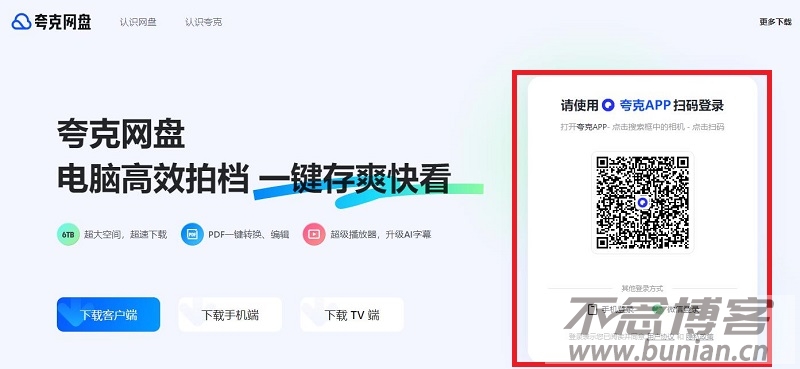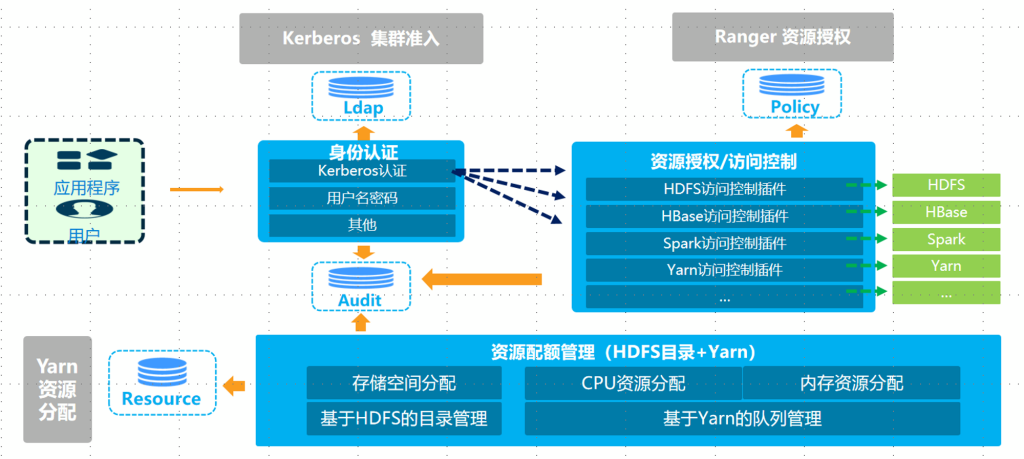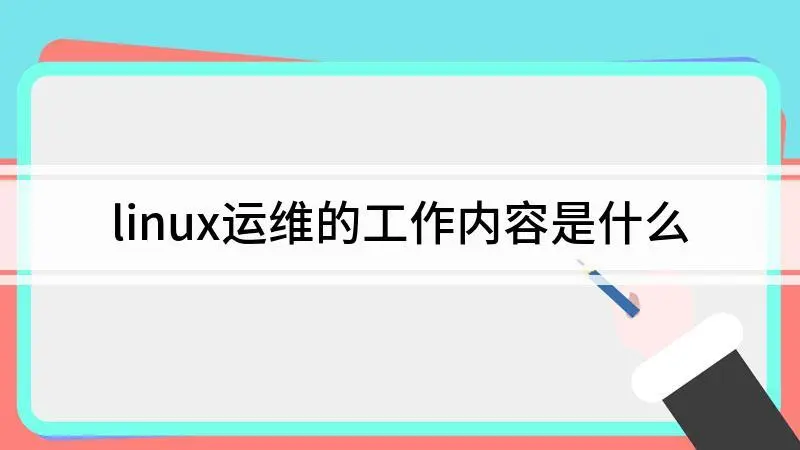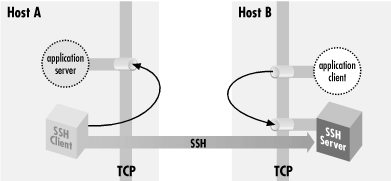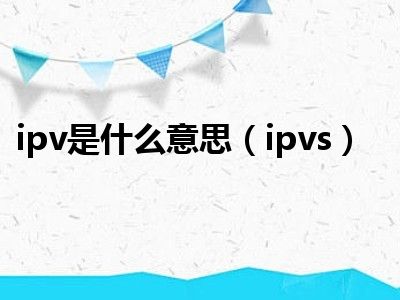可能有人会这样回答;
- @Component与@Configuration注解代码层面分析
@Target(ElementType.TYPE)
@Retention(RetentionPolicy.RUNTIME)
@Documented
@Indexed
public @interface Component {
String value() default "";
}Target(ElementType.TYPE)
@Retention(RetentionPolicy.RUNTIME)
@Documented
@Component
public @interface Configuration {
@AliasFor(annotation = Component.class)
String value() default "";
boolean proxyBeanMethods() default true;
}
从定义来看, @Configuration 注解本质上还是 @Component,因此 @ComponentScan 能扫描到@Configuration 注解的类
![@Configuration和@Component区别 图片[1]-@Configuration和@Component区别-不念博客](https://www.bunian.cn/wp-content/uploads/2024/01/image-191.png)
思考;@Component和@Configuration作为配置类的差别?
1. @Component和@Configuration作为配置类的差别
官方文档区别:@Component注解类中使用@Bean注解和在@Configuration中使用是不同的。在@Component注解注册到 Spring 中的 Bean 是不会使用 CGLIB进行增强,而@Configuration 注解注册到 Spring 中的 Bean 是一个 CGLIB 代理的 Bean
通过如下案例进行分析,分别向 Spring 容器中注入两个 Bean,MyConfig01 和 MyConfig02,其中,MyConfig01 上添加的是 @Configuration 注解而 MyConfig02 上添加的则是 @Component 注解。
@Configuration
public class MyConfig01 {
}
@Component
public class MyConfig02 {
}测试
@SpringBootTest
public class DiffTest {
@Test
public void test1() {
AnnotationConfigApplicationContext ctx = new AnnotationConfigApplicationContext(DiffApplication.class);
MyConfig01 myConfig01 = ctx.getBean("myConfig01", MyConfig01.class);
MyConfig02 myConfig02 = ctx.getBean("myConfig02", MyConfig02.class);
System.out.println("myConfig01 = " + myConfig01);
System.out.println("myConfig02 = " + myConfig02);
}
}最终打印结果如下
myConfig01 = com.zbbmeta.config.MyConfig01$$EnhancerBySpringCGLIB$$2944909f@2e0fdbe9
myConfig02 = com.zbbmeta.config.MyConfig02@16a3cc88从上面这段代码中,我们可以得出来两个结论:
- @Configuration 注解也是 Spring 组件注解的一种,通过普通的 Bean 扫描也可以扫描到 @Configuration。
- @Configuration 注解注册到 Spring 中的 Bean 是一个 CGLIB 代理的 Bean,而不是原始 Bean,这一点和 @Component 不一样,@Component 注册到 Spring 容器中的还是原始 Bean。
可能一些文章讲到这里就结束了,可是在这里再给大家引出一个Spring概念,@Configuration 注解的 Full 模式和 Lite 模式
2. @Configuration 注解的 Full 模式和 Lite 模式
Spring对于配置类来讲,其实是有分类的,大体可以分为两类:
- FULL模式: Full 模式最大的特点是会给配置类通过 CGLIB 生成一个代理,Configuration就是FULL类型
- LITE模式: Lite 模式,这种模式可以认为是一种精简模式,@Component就是Lite类型
2.1 FULL模式
FULL模式: Full 模式最大的特点是会给配置类通过 CGLIB 生成一个代理,Configuration就是FULL类型
思考:为什么要代理呢?
我们从下面一个案例进行分析:
@Configuration
public class MyConfig01 {
@Bean
Dog dog(){
return new Dog();
}
@Bean
Person person(){
Person person = new Person();
//注意,这里是将上面注册到Spring中的dog,set到person
person.setDog(dog());
return person;
}
}测试:
@Test
public void test1() {
AnnotationConfigApplicationContext ctx = new AnnotationConfigApplicationContext(DiffApplication.class);
Person person = ctx.getBean("person", Person.class);
Dog dog = ctx.getBean("dog", Dog.class);
boolean result = person.getDog() == dog;
System.out.println(result ? "同一个dog" : "不同的dog");
}结果
同一个dog原因分析:Full 模式下,person() 方法中调用 dog() 方法的时候,调用的是一个代理对象中的 dog 方法,在这个代理对象的 dog 方法中,先去检查 Spring 容器中是否存在 Dog 对象,如果存在,则直接使用 Spring 容器中的 dog 对象,就不会真正去执行 dog 方法而获取到一个新的 dog 对象了,如果 Spring 容器中不存在 dog 对象,才会创建新的 dog 对象出来
总结;在 Full 模式下,person 中的 dog 对象和 dog 方法注册到 Spring 容器的 dog 对象是同一个。
注意: Full 模式下@Bean 注解标记的方法不能是 final 或者 private 类型,,因为 final 或者 private 类型的方法无法被重写,也就没法生成代理对象
特别说明:@Configuration注解如果设置了 proxyBeanMethods 属性为 false,就是 Lite 模式了
2.2. LITE模式
LITE模式: Lite 模式,这种模式可以认为是一种精简模式,@Component就是Lite类型
将MyConfig01配置类上的注解变为@Component:
@Component
public class MyConfig01 {
@Bean
Dog dog(){
return new Dog();
}
@Bean
Person person(){
Person person = new Person();
//注意,这里是将上面注册到Spring中的dog,set到person
person.setDog(dog());
return person;
}
}大家猜一下结果如何?
不同的dog总结:LITE模式下Spring 容器中拿到的就是原始的对象,而不是一个被代理过的对象


